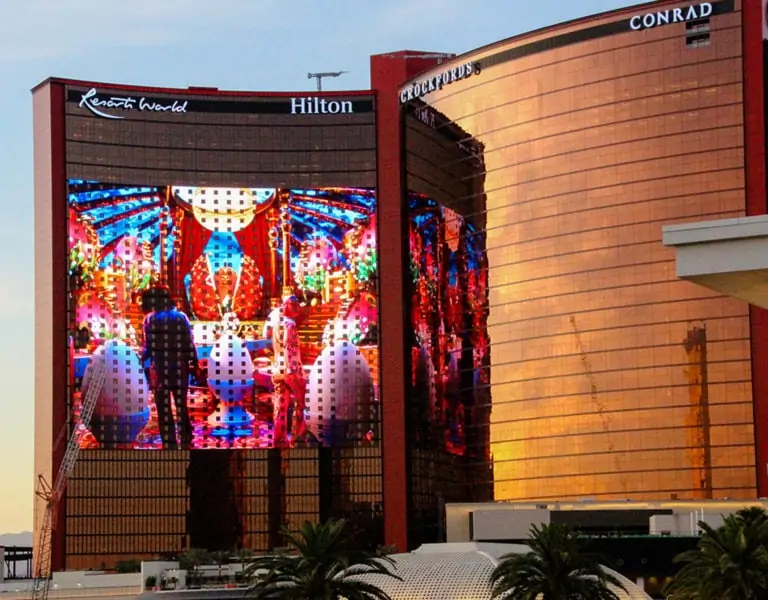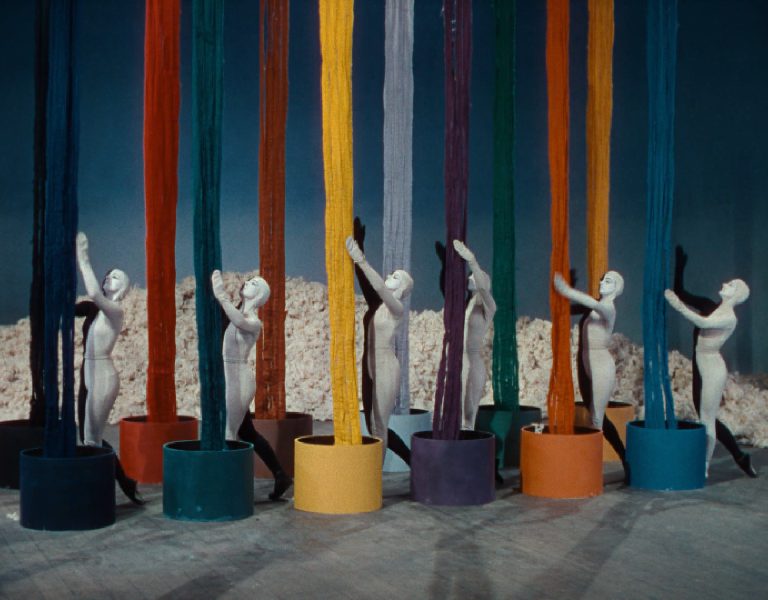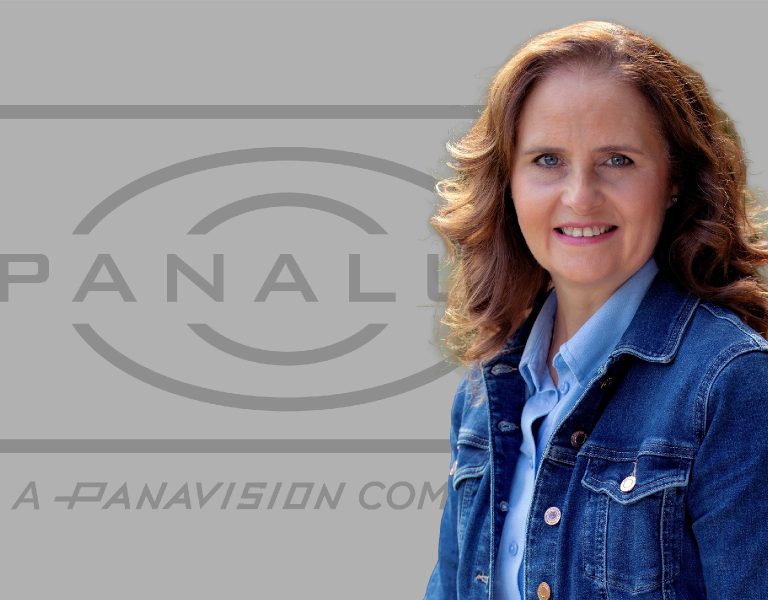Unreal Engine 5.1 now available for faster 3D content creation
Nov 18, 2022

Unreal Engine 5.1 is available now, building upon the feature set introduced in UE5 to enable even easier and faster 3D content creation. Find out more about the range of new features and improvements in 5.1 for in-camera visual effects and animations below.
In-Camera Visual Effects
Unreal Engine has now been used on over 425 film and TV productions, and is integrated into over 300 virtual production stages worldwide. With improvements in Unreal Engine 5.1 specifically tailored to virtual production workflows, technicians and artists now have multiple benefits, including a dedicated In-Camera VFX Editor, improved Light Card system, improved Remote Control APIs, expanded colour correction tools, initial Lumen support for nDisplay, and more.
First, LED stage operators can now take advantage of a new dedicated In-Camera VFX (ICVFX) Editor that supports a range of virtual production workflows. This largely eliminates the need for stage operators to hunt through the Outliner for specific objects and controls. UE 5.1 also adds UI, UX, and performance improvements for the Remote Control APIs, enabling users to construct powerful custom browser-based remote controls more quickly and easily.
The ICVFX Editor also hosts an interface to an improved Light Card system that displays as a preview of the nDisplay wall. As well as making it intuitive and efficient to create, move, and edit light cards and save templates, the new light cards can retain their shape on the wall, eliminating distortion.
Also new in the ICVFX Editor are Colour Correction Windows (CCWs) that enable colour adjustments to be applied exclusively to anything behind them (similar to Power Windows in colour grading applications), together with the ability to apply colour corrections per Actor, which reduces the need for complex masking.
In Unreal Engine 5.1, the new Media Plate Actor enables OpenEXR support, enabling users to simply drag and drop footage from the Content Browser. In addition, users can now play back mipmapped and tiled uncompressed EXRs both in engine and with nDisplay with the appropriate SSD RAID, and now have the ability to convert EXRs to the correct format for optimum playback.
Furthermore, Unreal Engine’s virtual camera system has been overhauled with a new underlying framework that utilises Epic’s Pixel Streaming technology for improved responsiveness and reliability, and an updated UI with a modern camera-focused design that will be more familiar to camera operators. Users also now have the ability to connect hardware devices, and will be able to customize the UI in the future.
Lumen, Unreal Engine’s fully dynamic global illumination and reflections system, now offers initial support for nDisplay in 5.1, provided the number of lights is modest (about five-seven lights total, depending on graphics card). With Lumen, indirect lighting adapts on the fly with changes to the sun’s angle, lights, or position bounce cards, for example. Previously, these changes would have required a baking step that could pause production, interrupting the creative flow. UE 5.1 also adds improvements to GPU Lightmass, including support for Sky Atmosphere, stationary Sky Lights, light features such as IES profiles and Rect Light textures, and improved quality and performance across the board.
Animation
Unreal Engine usage in animation has grown exponentially, from 15 productions between 2015 and 2019 to over 160 productions from 2020 to 2022. For professionals working with animated content, particularly characters, Unreal Engine 5.1 offers several notable advancements to the engine’s built-in animation and rigging tools, as well as Sequencer.
Now in Beta, the Machine Learning (ML) Deformer generates high-fidelity approximations of nonlinear deformers, complex proprietary rigs, or any arbitrary deformation by using a custom Maya plugin to train a machine learning model, which in turn runs in real time in Unreal Engine. This enables users to simulate film-quality deformations, such as flexing muscles, bulging veins, and sliding skin. Other character deformation improvements include enhancements to the Deformer Graph Editor for easier graph creation and editing.
Also, Control Rig continues to expand toward fully procedural rigging, increasing the impact and scalability of rigging teams. Updates to the core framework include a new Construction Event that lets users generate rig hierarchies via a graph, and Custom User Events for creating and triggering rig events such as “Snap FK to IK.” With these updates, artists can create a single Control Rig asset that can build itself to fit characters that may have different skeletal proportions and properties – for example, the same Control Rig can adapt itself to a three-fingered monster or a five-fingered human without any changes to the rig asset.
Unreal Engine 5.1 also adds support for constraints in Sequencer – the engine’s multi-track nonlinear animation editor – including Position, Rotation, and Look-at. Users can leverage these to quickly and easily create and animate relationships between any Control Rig or Actors, for example, making a camera always follow a character; keeping a character’s hands on a steering wheel; animating a clown juggling balls; or constraining a cowboy’s hips so that he sits naturally in the saddle as the horse moves, while his hands hold the reins. Sequencer also sees additional functionality exposed through Blueprint and Python scripting, and a refactored UI/UX for increased stability and extensibility, and to improve animation authoring and editing workflows.
Download Unreal Engine at unrealengine.com and visit the release notes page to see the full UE5.1 feature list.


















